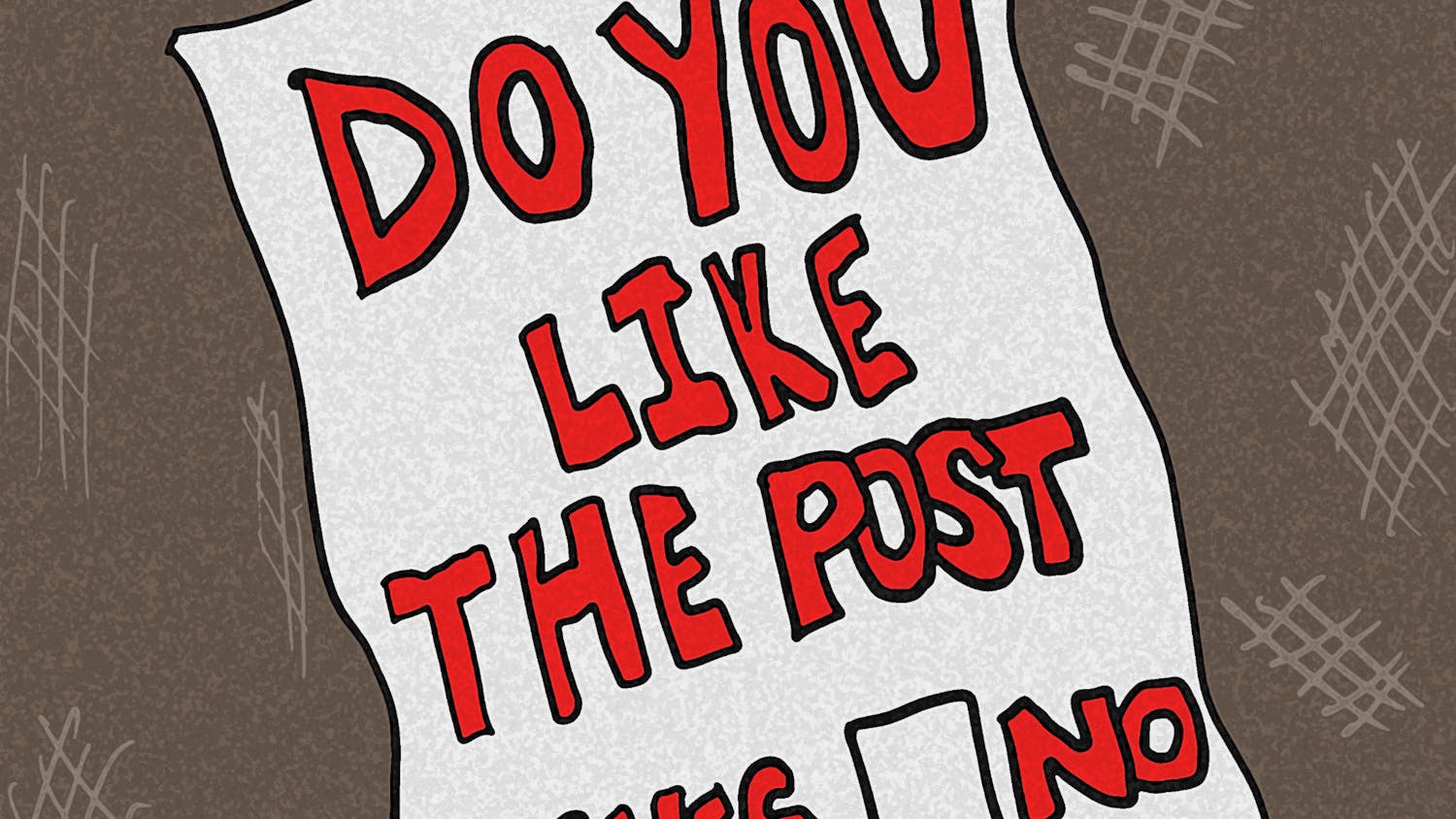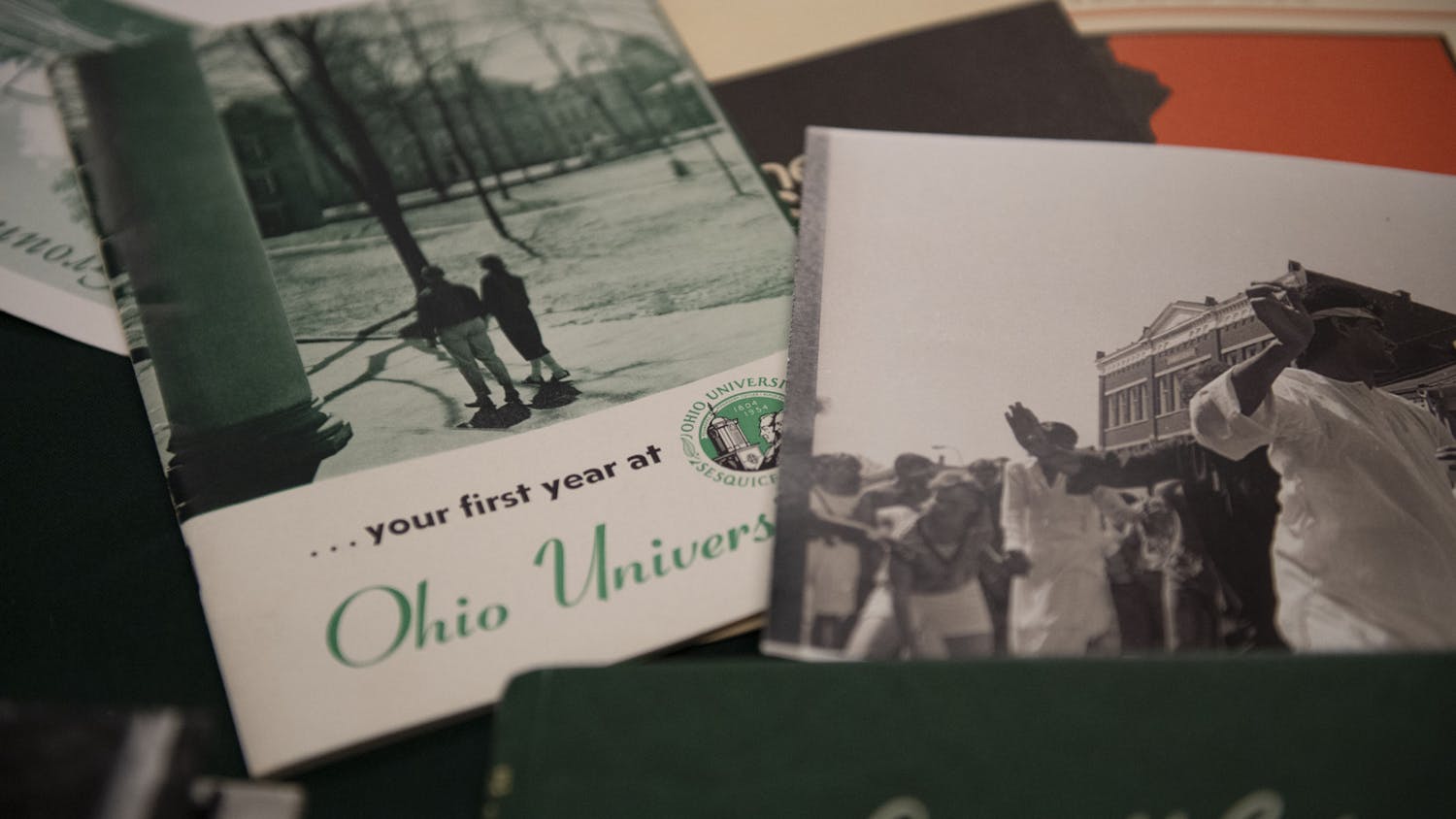Ohio University filed an objection Monday to a magistrate’s recommendation that finds the university liable for a student’s injury when an OU police officer handcuffed her.
Lyndsey Howell, of Chillicothe, was arrested in January 2012 by OUPD Lt. Eric Hoskinson on suspicion of driving under the influence. Howell filed a complaint in January 2013, claiming that the lieutenant “broke her left thumb” and severely bruised her fingers by “improperly and wrongfully” handcuffing her, according to court documents.
In the complaint, Howell demanded compensation for her pain, suffering, medical expenses, medical treatment and other losses. A trial was held this past March.
Magistrate Holly True Shaver of the Ohio Court of Claims recommended in late-June, 2014, that Howell be awarded $2,529 for out-of-pocket medical expenses, $20,000 for pain and suffering and a $25 filing fee, according to court documents obtained by
The Post
.
The magistrate’s recommendation, which has not been adopted by the court, has led OU to file papers objecting the recommendation.
Both Howell and Hoskinson each testified their account of the arrest, according to the court document, but the court found that Howell has proven by “a preponderance of the evidence” that Lt. Hoskinson failed to use ordinary care when he placed handcuffs on her.
“The court finds that (Howell) was credible when she testified that she felt a 'pop' in her left thumb when Lt. Hoskinson grabbed her fingers during the handcuffing procedure.” Shaver wrote in her recommendation. “The court further finds that plaintiff's testimony regarding her injury, and the fact that she immediately complained of pain is more credible than Lt. Hoskinson's testimony.”
Hoskinson testified that he had asked Howell whether she was injured before conducting the field sobriety tests, and she stated that she was not.
He also denied causing any injuries to Howell, but he agreed that if “proper handcuffing techniques” are followed, a broken bone should not occur, according to the court document.
Shaver wrote that it is "more probable than not" that Hoskinson's action of pulling of Howell's fingers downward behind her back while placing handcuffs on her resulted in the injury.
According to OU’s objection, the university argues that the evidence does not prove Hoskinson has misconducted the arrest. The objection also stated that the court has incorrectly applied the law.
“The existence of an injury is not proof of negligence without a showing of a breach of duty,” Assistant Attorney General Christopher Conomy wrote in Monday's filing. “The fact that she (Howell) felt pain during cuffing is proof that she was injured at some point, but not proof that Lt. Hoskinson did something improper. The Magistrate in this case abused her discretion by filling in the gap in the record with a legal conclusion.”
Conomy also argued that the evidence in this case clearly established that such “minor, non-displaced fractures” can often occur without the injured person being aware of it at the time.
"The only evidence to this point is that (Howell) felt pain at the time, but the uncontroverted evidence in this case clearly establishes that people often experience injuries without being aware at the time, only to feel pain later." Conomy wrote.





